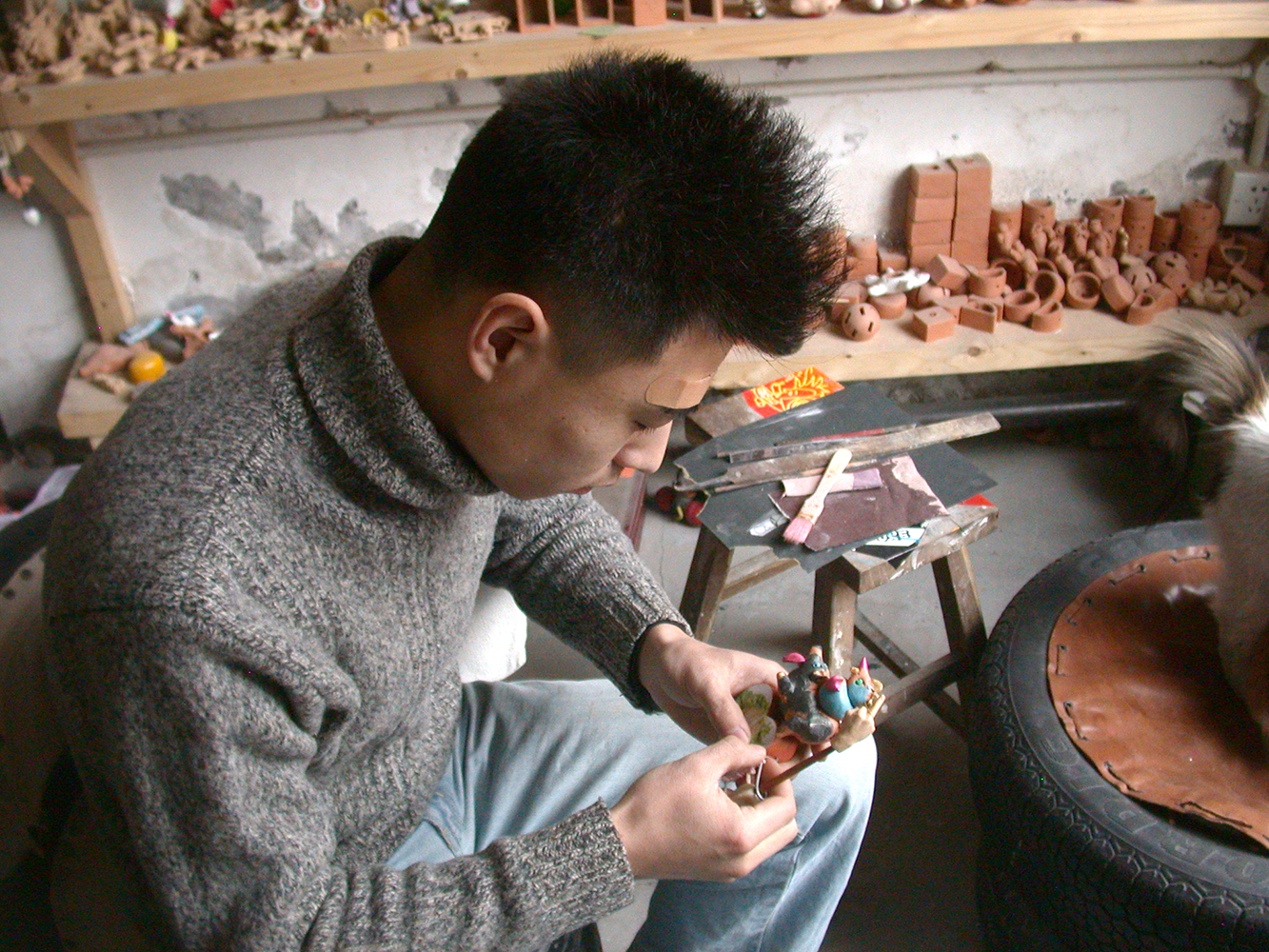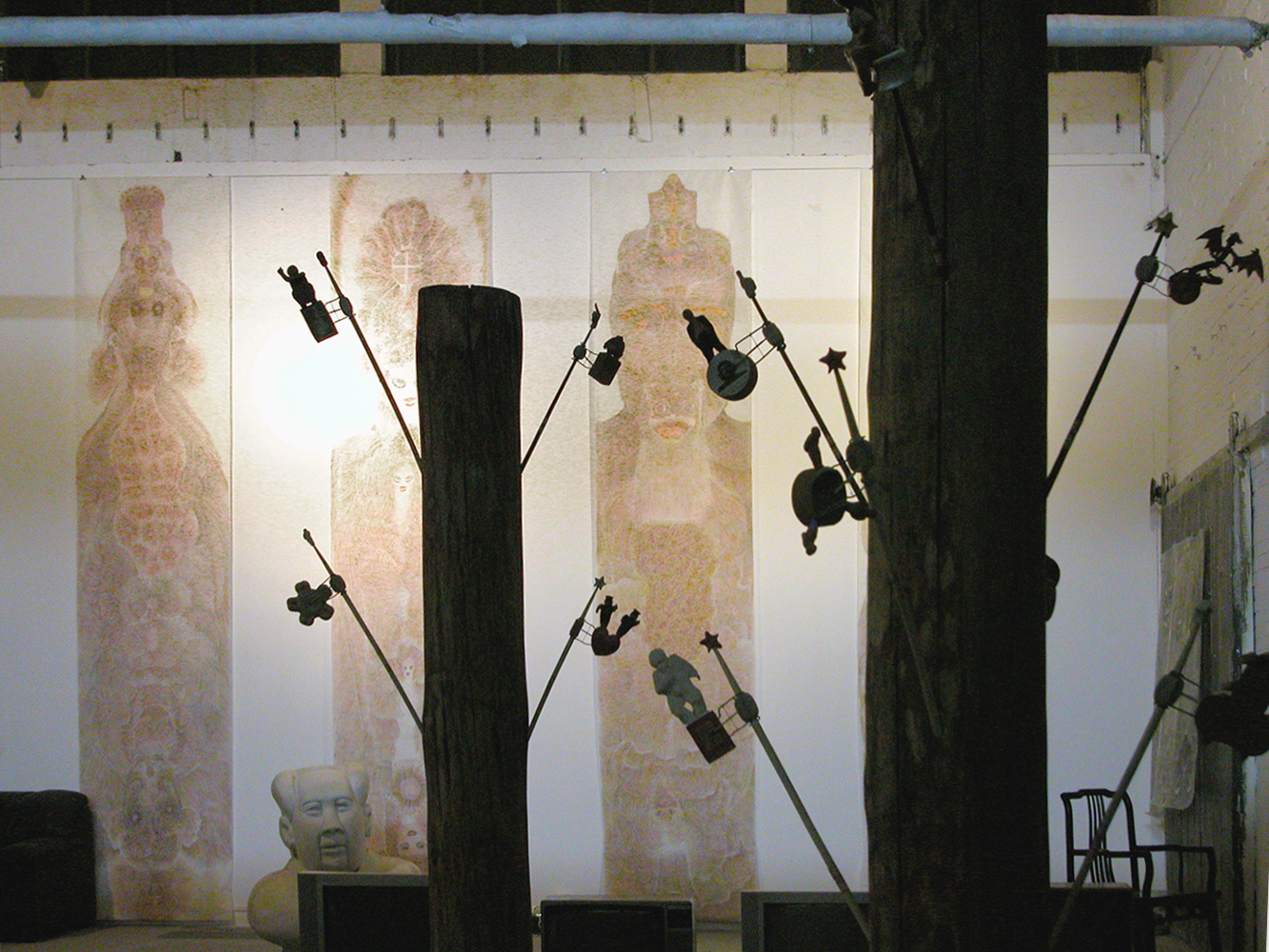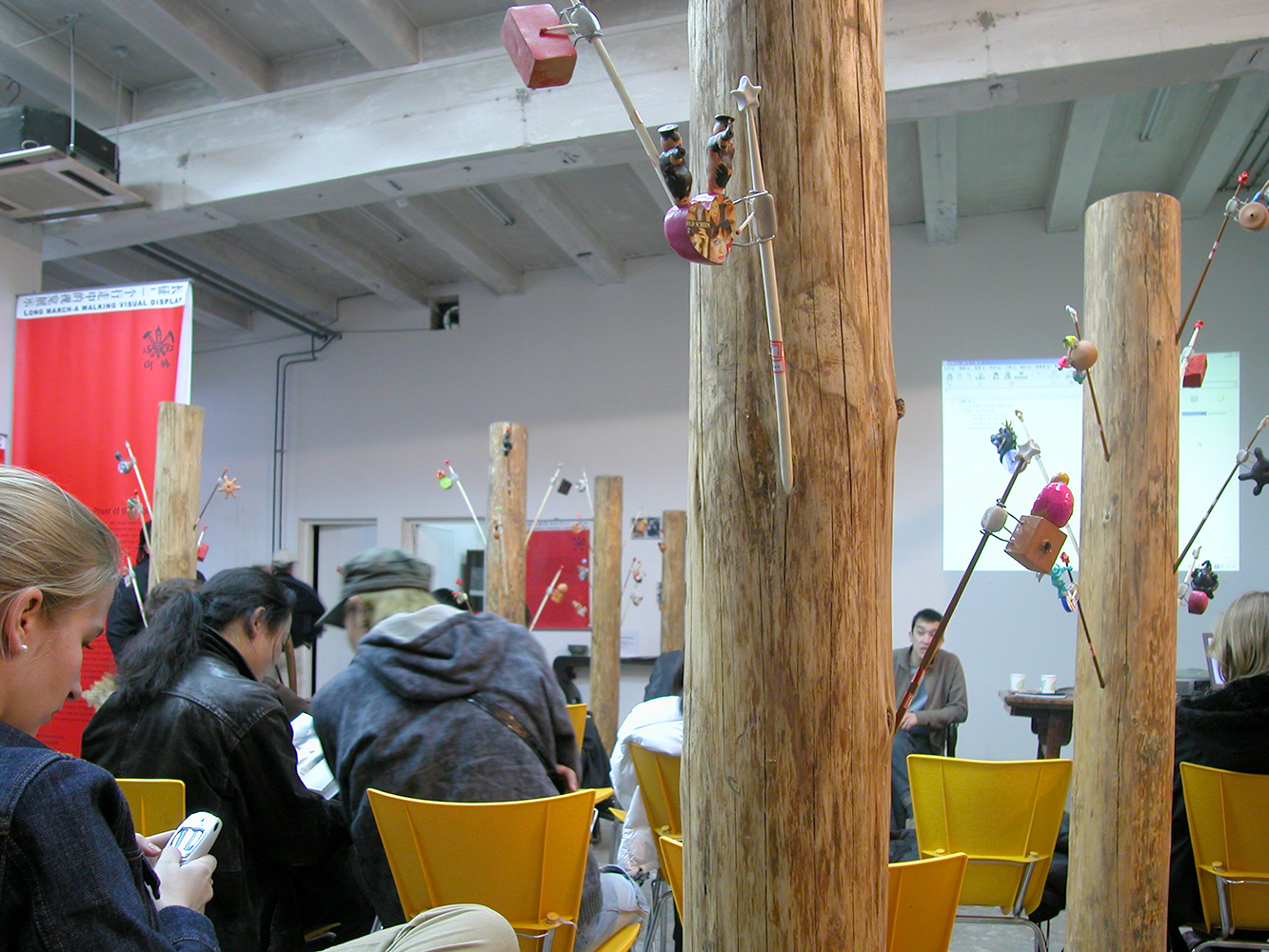The Power of the Public Realm
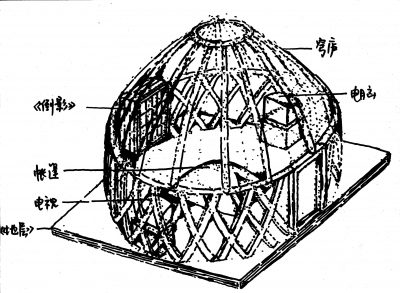
Phase VI – Yue Luping: Separate Paths
The Power of the Public Realm
Time: Mar.26 –Apr.18, 2004
Location: Xiaocheng Village “Long March Space”, Yanchuan County; 25000 Cultural Transmission Center, Beijing
Artist: Yue Luping
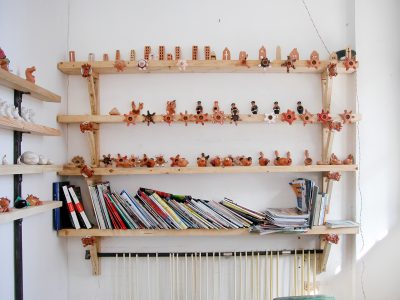
Phase V – Liang Shuo: Sculpture Toys/Temple Fair
The Power of the Public Realm
Time: Feb.20 – Mar.21, 2004
Location: 25000 Cultural Transmission Center, Beijing
Artist: Liang Shuo

Phase IV – Unknown and Anonymous
The Power of the Public Realm
Time: Jan.01 – Feb.10, 2004
Location: 25000 Cultural Transmission Center, Beijing
Artist: Unknown and Anonymous
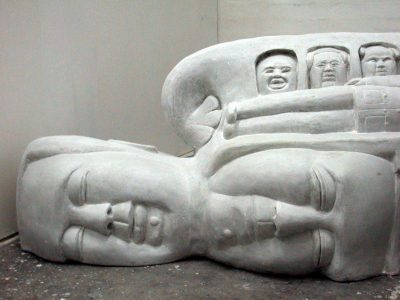
Phase II & III – Wang Wenhai
The Power of the Public Realm
Time: Nov.01 – Dec.31,2003
Location: 25000 Cultural Transmission Center
Artist: Wang Wenhai
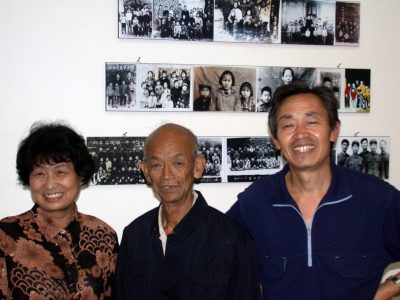
Phase I Guo Fengyi, Jiang Jiwei, Li Tianbing, Wang Wenhai
The Power of the Public Realm
Time: Sep.18 – Dec.20, 2003
Location: 25000 Cultural Transmission Center, Beijing
Aritsts: Guo Fengyi, Jiang Jiwei, Li Tianbing, Wang Wenhai
Phase V – Liang Shuo: Sculpture Toys/Temple Fair
The Power of the Public Realm
Time: Feb.20 – Mar.21, 2004
Location: 25000 Cultural Transmission Center, Beijing
Artist: Liang Shuo
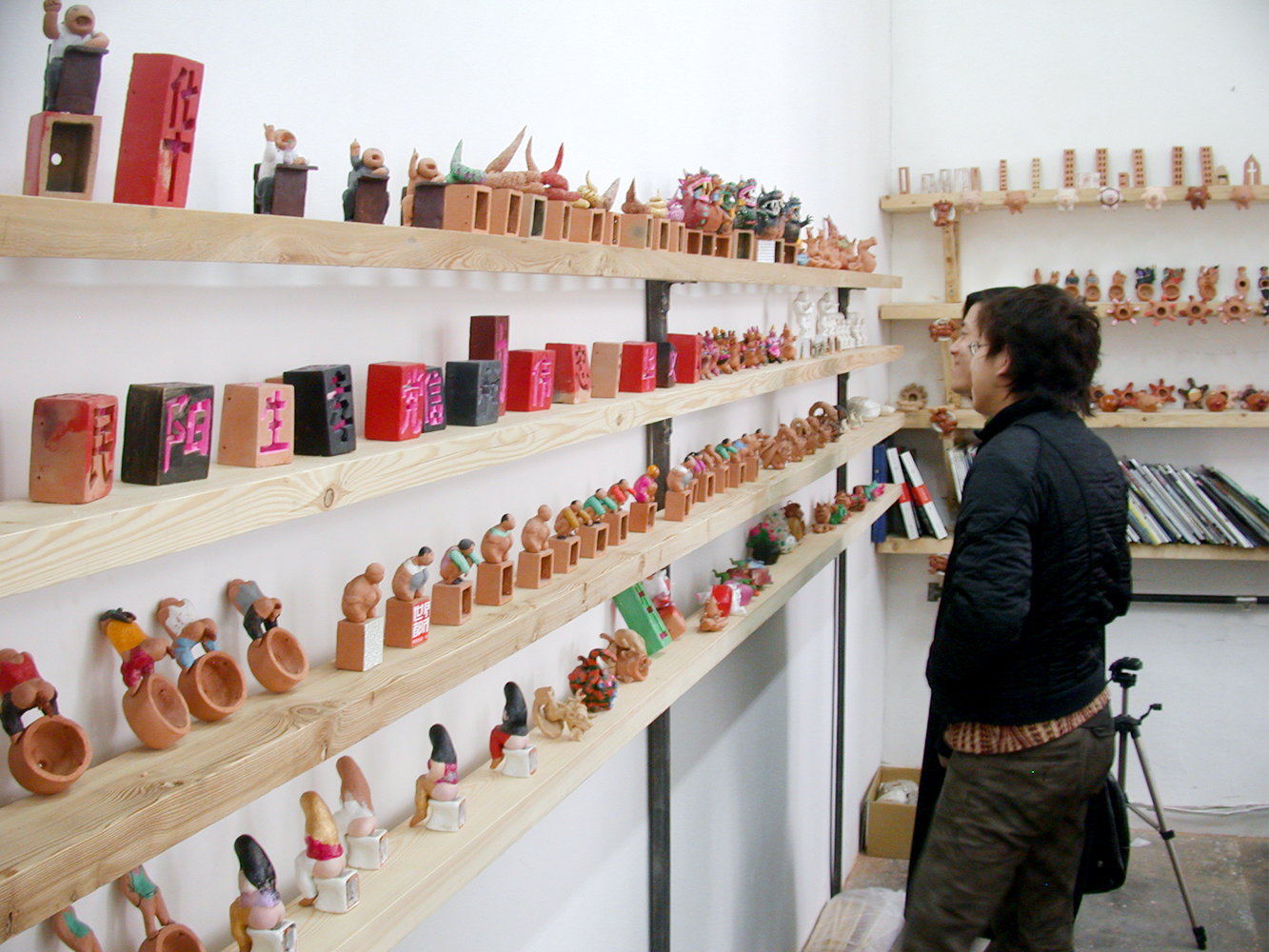
Installation View
As the fifth phase of the project, “Long March – Power of the Public Realm”, the renowned sculptor Liang Shuo emerged at the Long March Space under the guise of a folk artist. His work Peng, Peng, Peng uses the visual language of folk art in a painted sculpture. Its coloring is bright, its skill is interesting and its source materials stem from the collected unconscious consumer imagery of daily life. The work is both a sculpture and a toy and is modeled after the slowly vanishing folk toy called ‘yaojiao’. By employing folk-art tradition, the artist allows it to continue to exist, but this new piece does not have the same sense of mission we are used to seeing in Liang Shuo’s previous works. Trying his utmost to present the surface of material life, the work reveals something seemingly novel and exciting, but at the same time points out the ever-present dramatics and absurdities of real life.
The aesthetic, critique, and anti-satire of Liang Shuo’s work are more direct and subjective compared to the other ‘real’ folk artists at Long March Space. The origin of Liang Shuo’s transformation from artist to folk artist is quite simple: “It’s not possible that works will always be sold so expensively and so infrequently; if you make them a bit more fun they will sell better and also more people will like them.” This essentially corresponds with the question put forth by Long March Space’s “The Power of the Public Realm”,– What is an artist’s status and what is the relationship between artworks and social life?
By presenting his work on-site, the artist experiences the audience’s enjoyment. Concurrently, it reverts him to the status of a folk handicraft artist. The process of the performance includes the following: the audience can play with the toys, see the manufacturing process, chat with the artist, and can also purchase the toys. Taken as toys, their price is reasonable; and as art pieces it can be said to be the same.
...
(Excerpted from the original press release)


